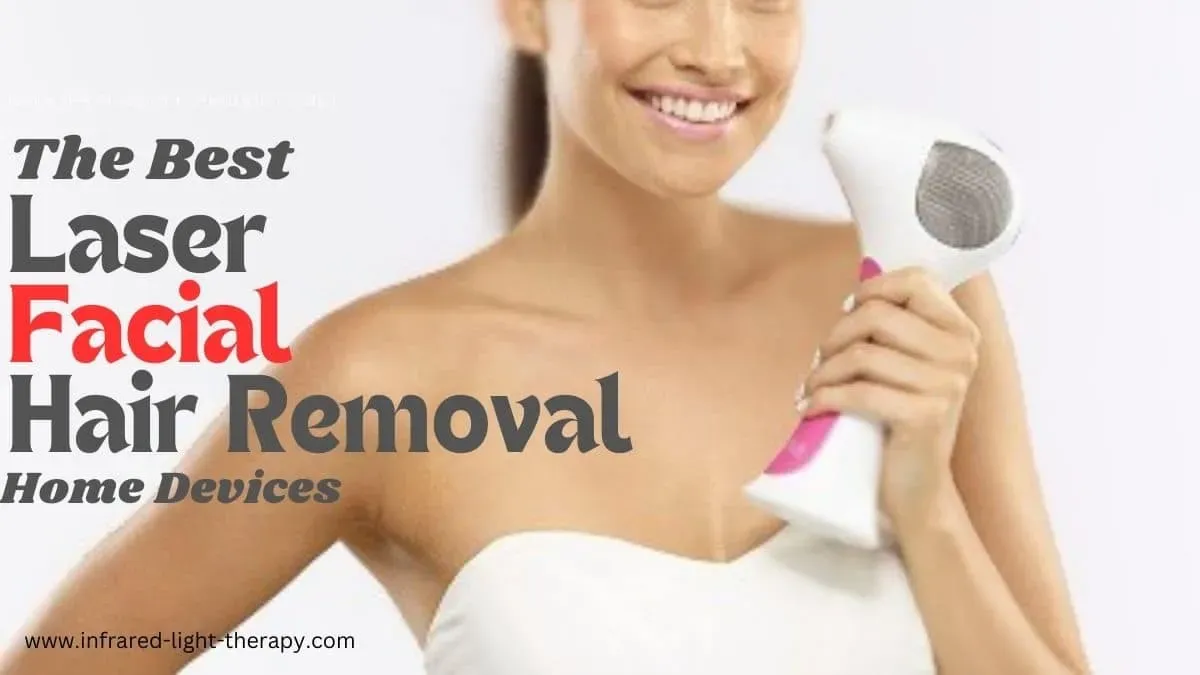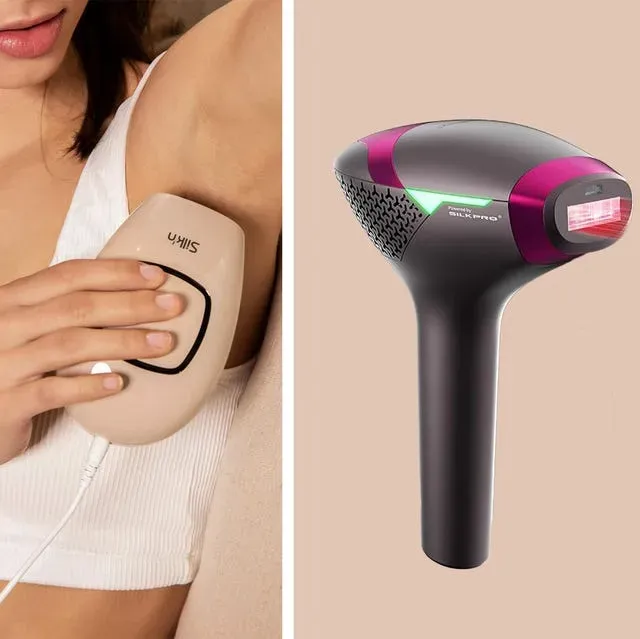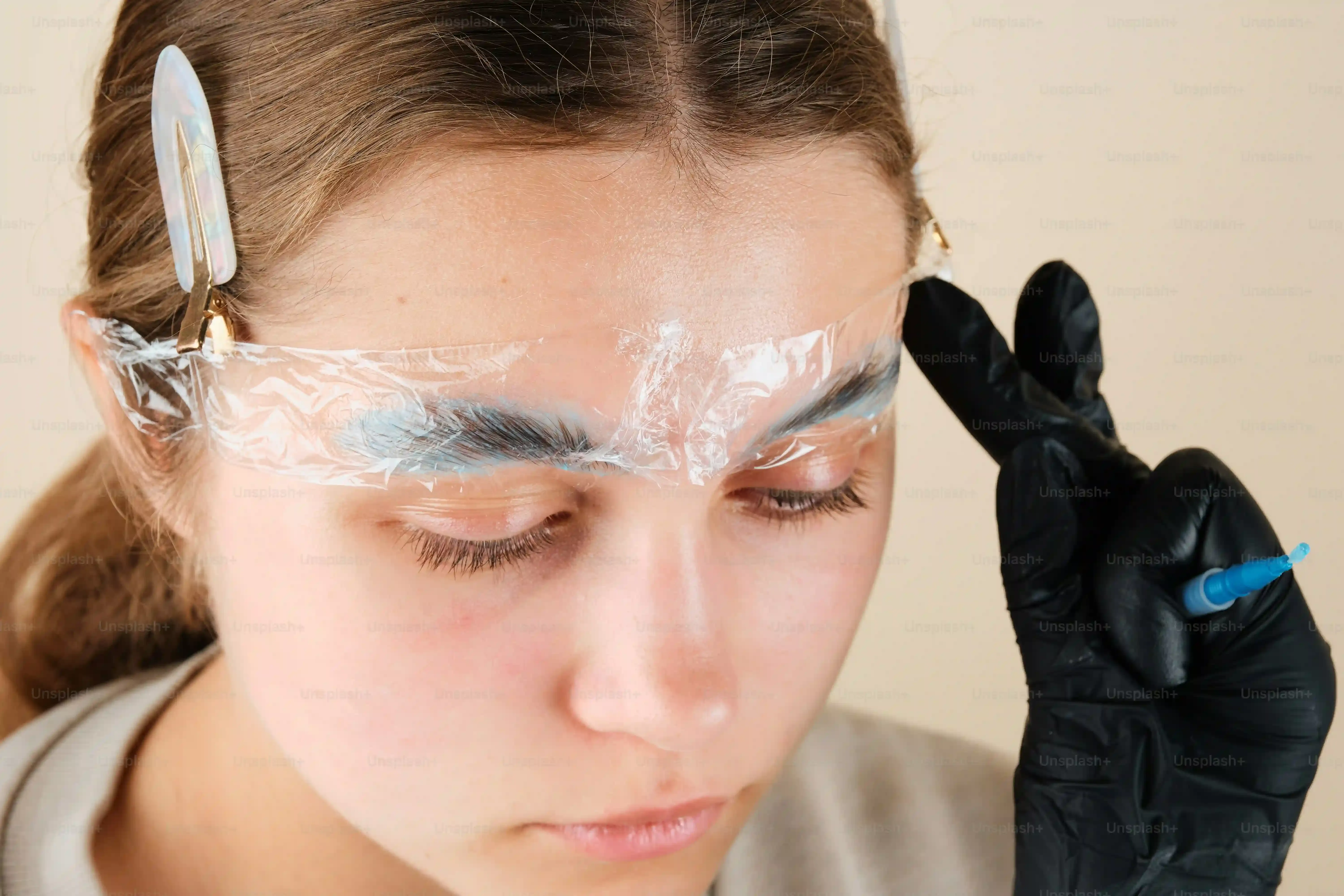Table of Contents
Let's be real: dealing with unwanted facial hair can feel like a never-ending battle. Tweezing, waxing, threading – it's time-consuming, often painful, and the hair just keeps coming back. You've probably wondered if there's a better way, something more long-term without the hassle and expense of frequent clinic visits. The good news? At-home laser hair removal devices are a thing, and they're getting pretty effective, even for that delicate facial area.
What to Look For in the Best AtHome Laser Hair Removal for Face

What to Look For in the Best AtHome Laser Hair Removal for Face
Understanding Device Types and Power
Alright, first things first, you're looking at zapping hair, right? So, you need to know what kind of zapping is happening. Most at-home devices aren't true lasers like the big, expensive ones at clinics. They're often Intense Pulsed Light (IPL) devices. IPL uses a broad spectrum of light, while true lasers use a single, focused wavelength. For facial hair, especially if it's fine or lighter, a device with enough power and the right wavelength is crucial. Don't get fooled by flashy marketing; look for specifics on joules per square centimeter (J/cm²) – that's a measure of energy density. Higher energy generally means more effective hair reduction, but it also means a higher risk if not used correctly. Safety features like skin tone sensors are non-negotiable for the face, preventing burns or pigmentation issues on darker skin tones.
Compatibility and Ease of Use on Delicate Areas
Your face isn't your legs. The skin is thinner, more sensitive, and the area has contours. So, the device needs to be designed with that in mind. Check the device's compatibility with different skin tones and hair colors. Most light-based devices work best on light skin with dark hair because the pigment (melanin) in the hair absorbs the light energy. If you have darker skin or lighter hair, you need a device specifically designed for that – some true diode lasers are better suited. Also, consider the size of the treatment window. A smaller head is much easier to maneuver around your upper lip, chin, or eyebrows (though be super careful near eyes!). Look for ergonomic designs and clear instructions. Nobody wants a clunky device that's a pain to hold or figure out how to use on their face.
- Check the energy level (J/cm²) for effectiveness.
- Verify skin tone and hair color compatibility.
- Ensure it has built-in safety sensors.
- Look for a small, precise treatment window.
- Prioritize ergonomic design for easy handling on facial contours.
Top Picks: Reviewing Devices for Best Laser Hair Removal at Home for Face

Top Picks: Reviewing Devices for Best Laser Hair Removal at Home for Face
Considering Your Options: Devices for Facial Hair
so you know what to look for in theory. Now, let's talk about some actual devices that often come up when discussing the **best laser hair removal at home for face**. It's tough to give a definitive "the best" because everyone's skin and hair are different, and new tech pops up constantly. But certain models consistently get good reviews for facial use, often balancing effectiveness with safety features. Brands like Braun often have IPL devices specifically designed with attachments or modes for the face, featuring sensitive settings. Then there are devices that use true laser technology, like diode lasers, which can sometimes be more effective on a wider range of hair and skin tones, though they might cost more and require more careful use. It's crucial to read user reviews focusing on facial hair results and check what dermatologists or beauty experts are saying.
Using Your AtHome Device Safely and Effectively on Your Face

Using Your AtHome Device Safely and Effectively on Your Face
Prepping Your Skin for Treatment
So, you've got your device, maybe you grabbed something great from hairawaybylaser.com, and you're ready to tackle that upper lip or chin hair. Hold up! Before you start zapping, proper prep is key, especially on your face where the skin is so visible and sensitive. First, make sure your skin is clean and dry. No makeup, no lotions, no serums. These can interfere with the light energy or cause irritation. You also need to shave the area you plan to treat. Yes, shave. The light energy targets the pigment in the hair follicle *below* the skin's surface. If there's hair above the skin, it can absorb the energy, causing a burn or just wasting the shot. Don't wax or pluck though; you need the follicle intact for the device to work.
Performing a patch test is non-negotiable, even if you've used the device elsewhere. Find a small, inconspicuous area on your face (like near your hairline or jawbone) and test a few flashes on a low setting. Wait 24-48 hours to see if you have any adverse reactions like excessive redness, swelling, or blistering. If everything looks normal, you can proceed with the full treatment area, starting with a lower intensity and gradually increasing it as your skin tolerates it. Remember, consistency over intensity is often the name of the game for **using your at-home device safely and effectively on your face**.
Safety Checklist Before You Zap Your Face:
- Cleanse and dry skin thoroughly.
- Shave the treatment area (do not wax or pluck).
- Perform a patch test 24-48 hours in advance.
- Start with the lowest intensity setting.
- Wear the protective eyewear that came with your device.
- Avoid sun exposure before and after treatment.
Managing Expectations: Real Results from AtHome Facial Hair Removal

Managing Expectations: Real Results from AtHome Facial Hair Removal
Setting Realistic Timelines
let's pump the brakes on thinking you'll be completely fuzz-free after one go. At-home laser or IPL isn't a magic wand, especially when you're aiming for the **best laser hair removal at home for face** results. You're targeting hair follicles in their growth phase, and not all hairs are in that phase at the same time. Typically, you'll need a series of treatments, spaced out over several weeks, to see significant reduction. We're talking maybe 4-6 treatments initially, spaced two weeks apart, before you start noticing a real difference. Full results? That could easily take 12 weeks or longer. It requires patience and commitment, not a quick fix.
Factors Influencing Your Outcome
So, why do some people seem to get faster results than others? Several things play into it. Your skin tone and hair color are huge factors. Light skin and dark hair are the classic combination that most devices are designed for because the light energy is absorbed by the melanin in the dark hair. If you have darker skin, you need a device specifically rated for it, or the risk of burns and pigmentation issues goes up significantly. Lighter hair colors (blonde, red, grey) often don't have enough pigment to absorb the light, making many devices ineffective. Consistency is also key; skipping sessions throws off the treatment cycle. And honestly, the quality and power output of the device itself make a difference. A cheap gadget might promise the world but deliver minimal results.
- Skin Tone: Lighter skin generally has lower risk and better compatibility.
- Hair Color: Darker hair absorbs light energy more effectively.
- Device Power: Higher energy density (J/cm²) can improve results.
- Consistency: Regular treatments according to the schedule are crucial.
- Device Type: IPL vs. Diode Laser can impact effectiveness on different hair/skin types.
Maintaining Your Smoothness
Even after you achieve a significant reduction, calling it "permanent" might be a bit of a stretch for at-home devices. Think of it more as long-term reduction. You'll likely need maintenance treatments every few months to keep the strays at bay. Hormonal changes, especially on the face, can also stimulate new hair growth, so don't be surprised if you see a few hairs pop up over time. It's not a failure of the device; it's just how bodies work. Integrating occasional touch-ups into your routine is part of the deal when using the **best laser hair removal at home for face** for the long haul. It's about managing the situation, not necessarily eradicating every single follicle forever with a home device.
Wrapping Up Your Facial Hair Journey
So, navigating the landscape of the **best laser hair removal at home for face** isn't a quick fix, despite what some shiny packaging might promise. It requires patience, consistency, and a solid understanding of what these devices can and can't do for *your* specific hair and skin type. We've looked at what makes a device suitable for facial use, touched on a few contenders, and stressed the importance of following directions to the letter – because nobody wants a facial burn from a DIY project. The results won't appear overnight, and they might not be total eradication, but significant reduction is a realistic goal for many. Choose wisely, test cautiously, and manage your expectations; that's the real secret.
